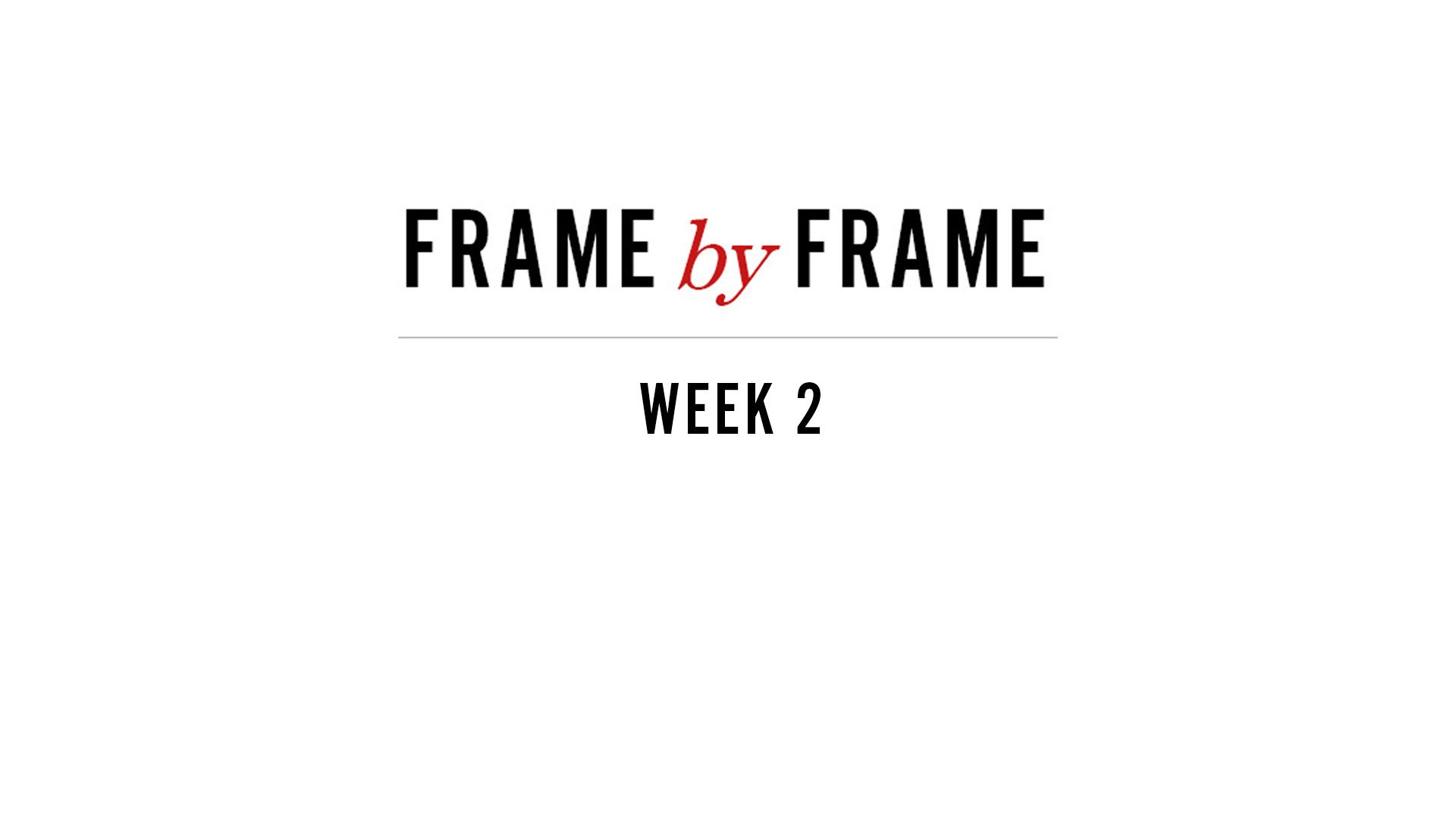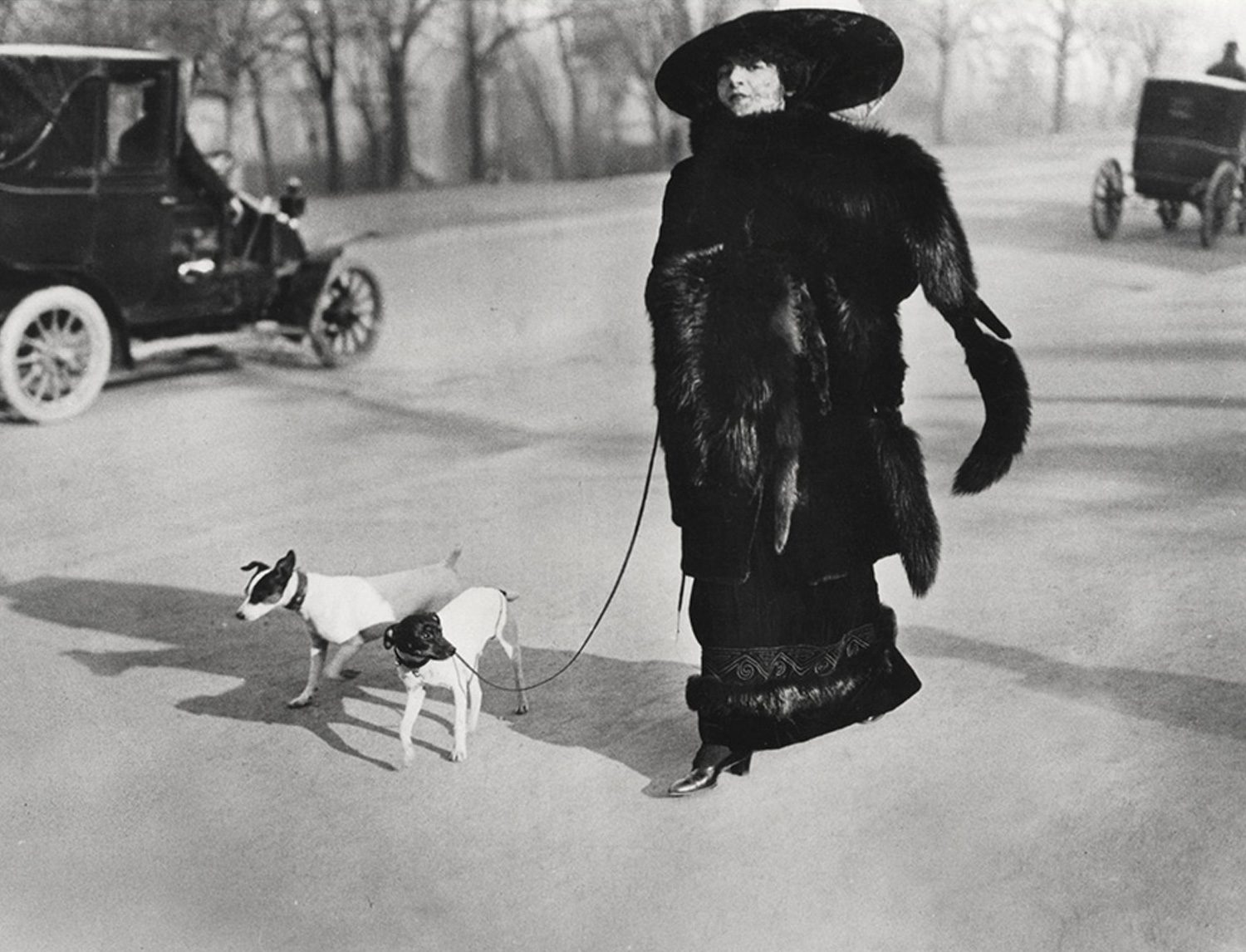Welcome back to Frame by Frame — our summer series that invites you to look…
“Orange is the color of the sun. It is vital and a good color generally, indicating thoughtfulness and consideration of others.” — Edgar Cayce
In this wide-ranging conversation with Holden, Ballen reflects on his early photographic influences, the move from black and white to muted color, his rejection of traditional portraiture, and the complex psychological spaces he constructs in his imagery. What unfolds is a compelling look at an artist who is both deeply introspective and continually experimental—someone for whom photography is not just a tool, but a lifelong journey into the mind’s darker, more poetic terrain.
David Yarrow’s latest series brings his signature wit and cinematic lens to Palm Beach, capturing its sun-soaked splendor, high society rituals, and tongue-in-cheek glamour. From polo fields to Worth Avenue, vintage convertibles to beachside tableaux, The Adventure Continues… in Palm Beach is a visual love letter to a place where beauty, leisure, and spectacle rule the day.
“And as I walk round the park I always think, ‘Maybe round the corner I am going to find something beautiful.’ I always think positively. It is very rare that you find me in a mood that is sad or melancholic.” — Sophia Loren
British photographer Adam Fuss’ works are not conventional photographs, yet they are photographic.










